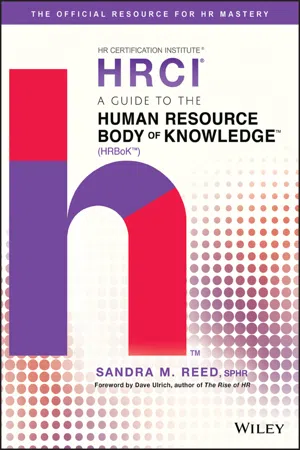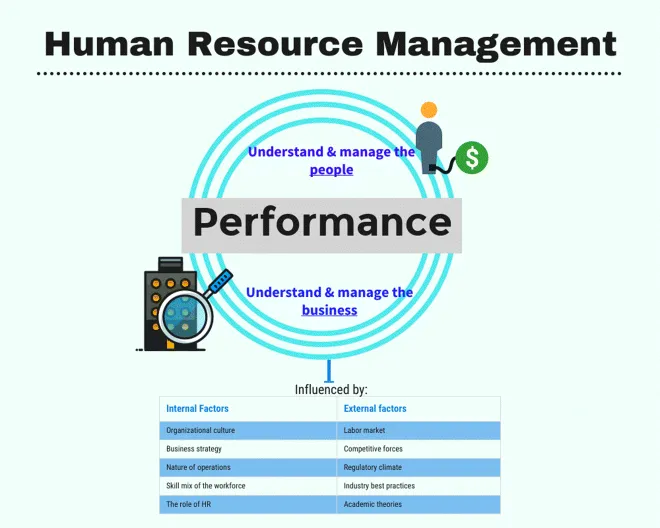
A Guide to the Human Resource Body of Knowledge (HRBoK)
Sandra M. Reed
- English
- ePUB (mobile friendly)
- Available on iOS & Android
A Guide to the Human Resource Body of Knowledge (HRBoK)
Sandra M. Reed
About This Book
An essential reference for HR professionals
A Guide to the HR Body of Knowledge (HRBoK TM ) from HR Certification Institute (HRCI ® )is an essential reference book for HR professionals and a must-have guide for those who wish to further their expertise and career in the HR field. This book will help HR professionals align their organizations with essential practices while also covering the Core Knowledge Requirements for all exams administered by HRCI. Filled with authoritative insights into the six areas of HR functional expertise: Business Management and Strategy; Workforce Planning and Employment; Human Resource Development; Compensation and Benefits; Employee and Labor Relations; and Risk Management, this volume also covers information on exam eligibility, and prep tips.
Contributions from dozens of HR subject matter experts cover the skills, knowledge, and methods that define the profession's best practices. Whether used as a desk reference, or as a self-assessment, this book allows you to:
- Assess your skill set and your organization's practices against the HRCI standard
- Get the latest information on strategies HR professionals can use to help their organizations and their profession
- Gain insight into thebody of knowledge that forms the basis for all HRCI certification exams
As the HR field becomes more diverse and complex, HR professionals need an informational "home base" for periodic check-ins and authoritative reference. As a certifying body for over four decades, HRCI has drawn upon its collective expertise to codify a standard body of knowledge for the field. The HRBoK is the definitive resource that will be your go-to HR reference for years to come.
Frequently asked questions
1
The Human Resource Body of Knowledge
HRBoK™
